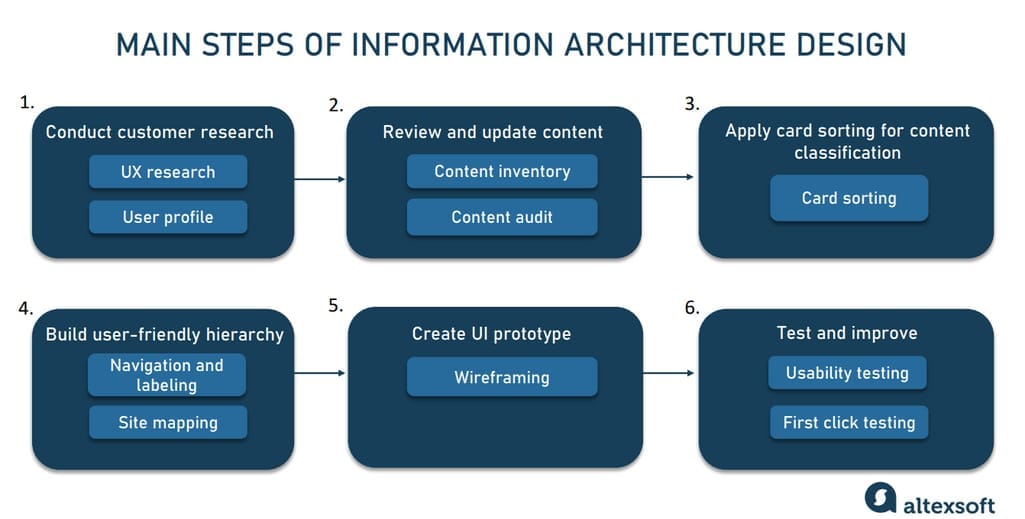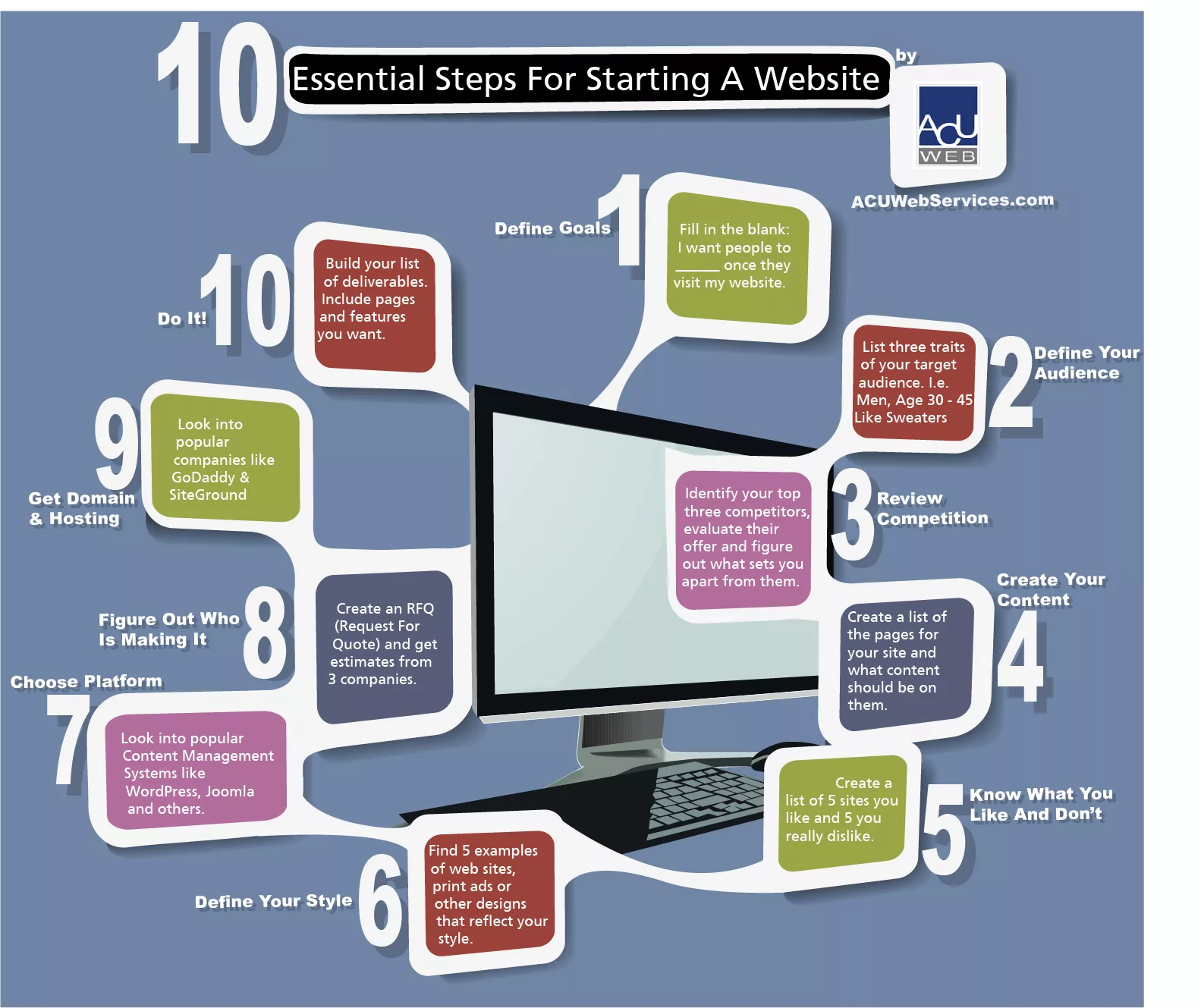Creating an effective architecture website demands strategic clarity and focused execution. Follow these essential steps to ensure your digital presence reflects the precision of your designs.
Define Core Objectives & Audience
Identify primary goals: lead generation, recruitment, or project showcases. Research target client demographics—developers seeking commercial expertise or homeowners needing residential solutions require distinct content strategies.
Curate High-Impact Visual Portfolio
Prioritize quality over quantity:

- Showcase 5-7 signature projects with professional photography
- Include technical drawings/diagrams to demonstrate process rigor
- Organize by typology (cultural, residential, commercial)
Implement Responsive Technical Architecture
Optimize performance with:
- Mobile-first CSS frameworks
- Compressed JPEG XL/AVIF images (max 300KB each)
- 90+ PageSpeed Insights score via lazy loading
Ensure WCAG AA compliance for global accessibility.
Structure Content Hierarchically
Organize with clear taxonomy:
- Services menu detailing design phases (concept → construction admin)
- Dedicated studio page highlighting awards, methodology, and team credentials
- Contact page with project inquiry form (request budget, type, timeline)
Optimize Discovery Mechanics
Apply professional SEO:
- Target location-based keywords ("sustainable architects Berlin")
- Write alt-tags describing architectural elements ("cross-ventilation diagram")
- Build local citations via industry associations
Streamline Project Engagement
Facilitate client action with:

- Sticky navigation for portfolio browsing
- One-click PDF download links for case studies
- Embedded video walkthroughs (max 60 seconds)
Include SSL encryption for form submissions.
Regularly audit analytics to identify high-exit pages and iterate. Update biannually with completed projects and news features.






